Description
Electric Vehicles (EVs), represents a new concept in the transport sector around the world. It is expected that the market share of EVs will exponentially grow, comprising 24% of the U.S. light vehicle fleet in 2030, representing 64% light vehicle sales in this year. In this context, the EVs battery charging process must be regulated to preserve the power quality in the power grids. Nevertheless, with the proliferation of Evs a considerable amount of energy will be stored in the batteries, raising the opportunity of the energy flow in the opposite sense. In the future smart grids, the interactivity with the EVs will be one of the key technologies, contributing to the power grid autonomous operation. The concept of the on-board bidirectional charger with V2G and V2H technologies is introduced.
The electric vehicle has become more competitive when compared to the conventional internal combustion engine vehicle due to lower carbon dioxide emission and raising fossil fuels. However, the EV was not widely adopted into the market due to some limitations such as high vehicle cost. limited charging infrastructure and limited all electric drive. EVs are vehicles that are either partially or fully powered on electric power.
Electric vehicles have low running costs as they have fewer moving parts for maintenance and are also very environmentally friendly as they use little or no fossil
For these reasons,WPTSs are expected to play a major role in the future charging process for the EVs.Three different technologies can be utilized to arrange a WPTS, exploiting the properties of the electric, magnetic and electromagnetic fields.
Magnetic-field technology, adopted in the so-called inductive WPTSs, is the most convenient one because it transfers much higher energy per unit of volume than the electric-field technology, and does it with much higher efficiency than the electromagnetic-field technology.
As a matter of fact, low-power inductive WPTS with closely coupled coils are around since a few years. In recent times, – 2 – however, interest is arisen in transferring energy at medium-high power to an equipment at a somewhat far distance. For these applications, inductive WPTSs with resonant topology (shortly, resonant WPTSs) are used. This, for instance, is the case of the wireless charging ofthe EV batteries. The general scheme of a resonant WPTS.
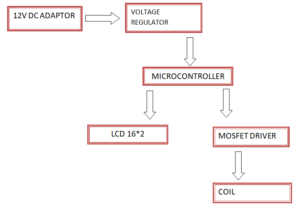
Included in box:
- Transmitter Coil Circuit
- Receiver Coil Circuit fitted in Mini Car Model
- 9v Battery 2 pcs
- Development Pcb Design
- NPN Sensor



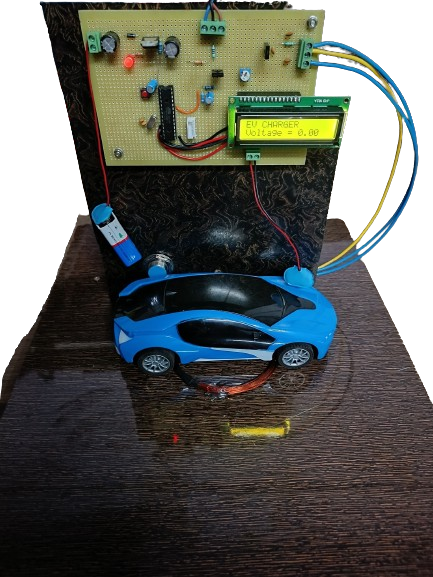

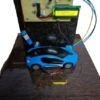
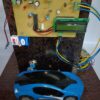
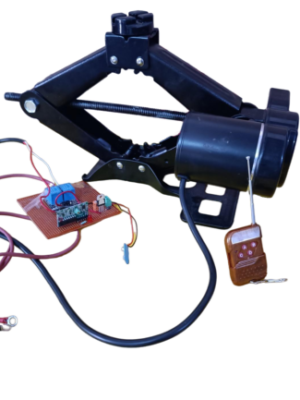


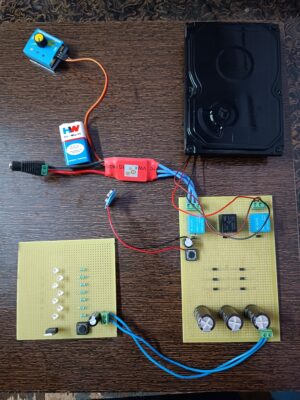







Reviews
There are no reviews yet.